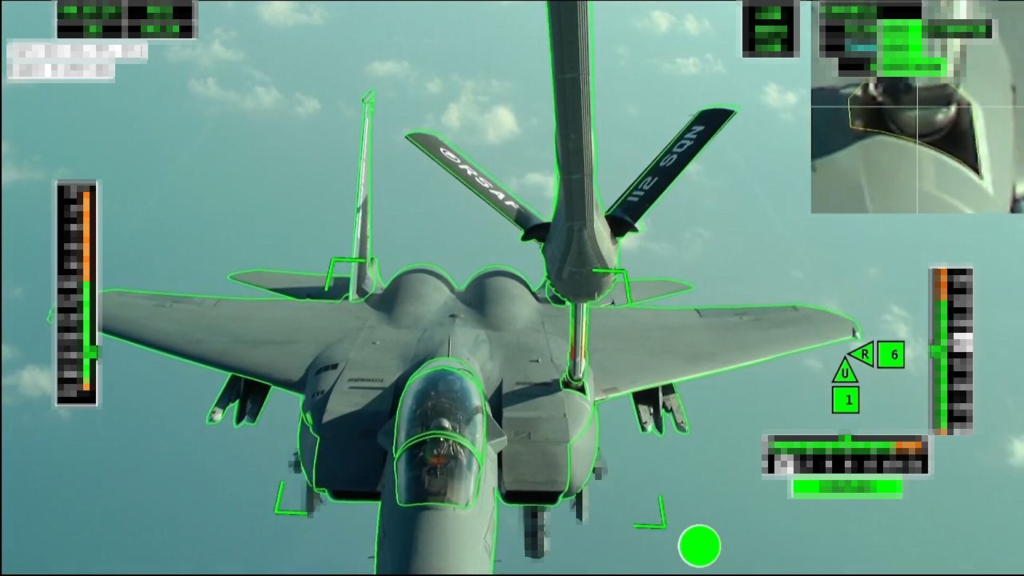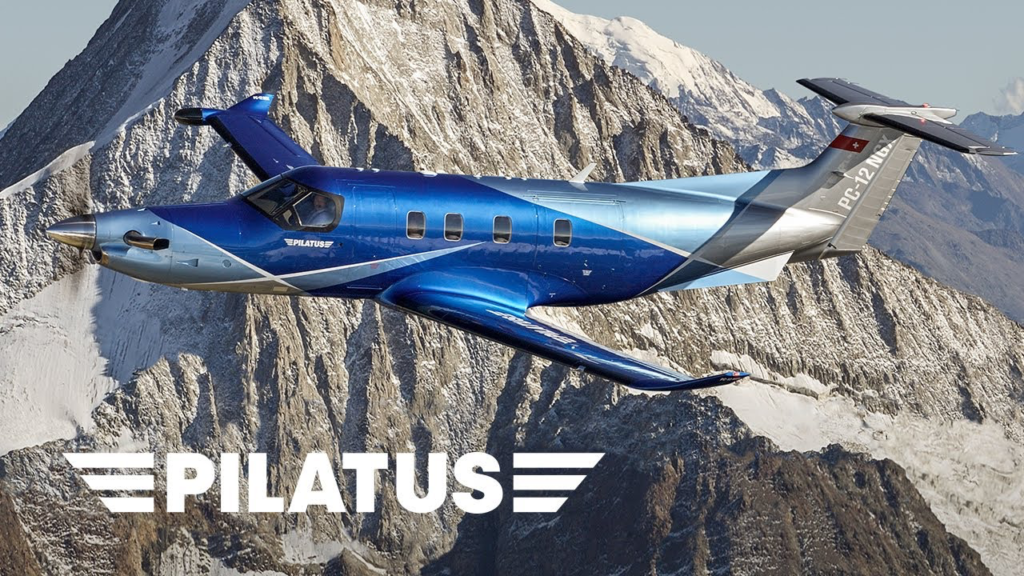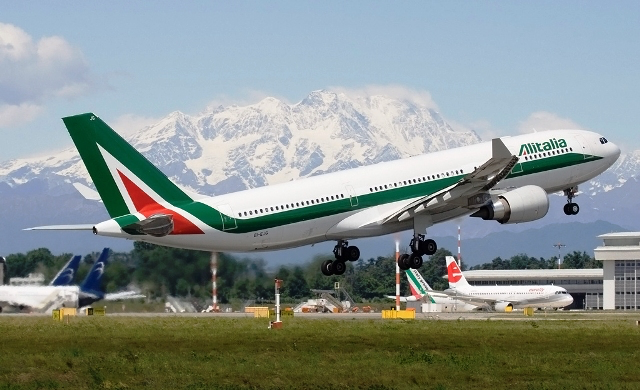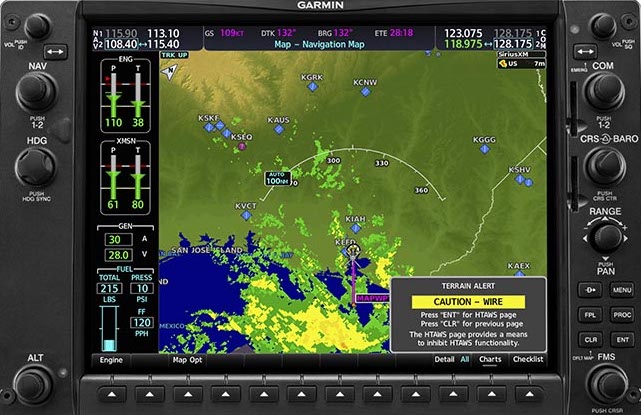Airbus and Republic of Singapore successfully complete air to air refuelling flight test
Getafe, Madrid, Spain, October 11, 2023 – Airbus Group SE (Paris: AIR) and the Republic of Singapore Air Force (RSAF) worked together to successfully complete the automatic air-to-air refuelling (A3R) flight test campaign with the…






